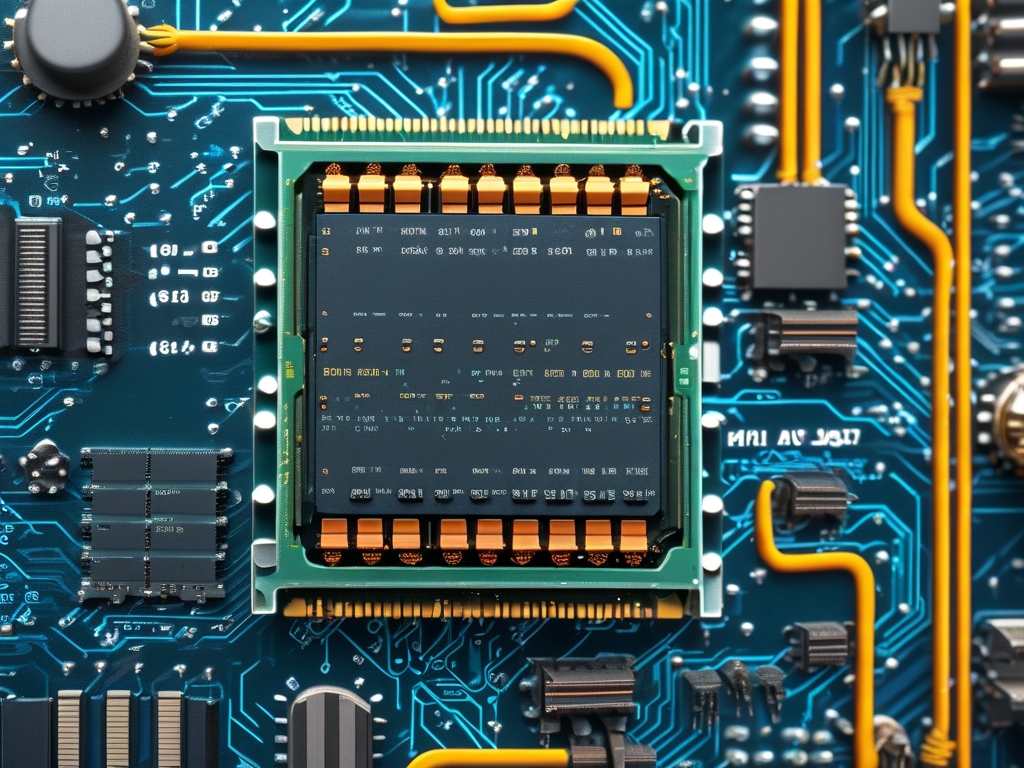In modern computing architectures, the relationship between memory operations and power consumption has become a critical focus for hardware engineers and system designers. As devices shrink in physical size while expanding in computational capabilities, understanding how memory writes influence overall energy expenditure requires meticulous analysis and innovative optimization strategies.

At the core of this discussion lies the fundamental principle that every memory operation – particularly write cycles – consumes measurable electrical power. When a processor stores data to RAM, flash memory, or storage drives, it triggers a chain of electronic interactions. For volatile memory like DRAM, this involves refreshing capacitor charges, while non-volatile memory (NVM) such as SSDs requires tunneling electrons through oxide layers. These processes directly contribute to system-level power draw, with write operations typically demanding 2-3× more energy than read operations due to their physical complexity.
Recent studies from institutions like the University of Michigan’s Computer Architecture Lab reveal that memory-related power consumption can account for up to 40% of total system energy usage in data-intensive applications. This statistic becomes particularly significant when considering modern workloads involving artificial intelligence training or real-time data processing, where memory write frequencies may exceed 10^8 operations per second.
To quantify these effects, engineers employ specialized power estimation models. One widely used formula for calculating memory write energy is:
E_write = N × C × V² Where:
- E_write = Total energy consumed by write operations
- N = Number of write cycles
- C = Memory cell capacitance
- V = Operating voltage
This equation demonstrates the quadratic relationship between voltage and energy consumption, highlighting why voltage scaling has become a primary optimization target. For instance, reducing DDR4 memory voltage from 1.2V to 1.1V decreases write energy by approximately 15% while maintaining stability through error-correcting codes (ECC).
Practical implementations of power-aware memory management often involve hybrid approaches. A 2023 case study from Samsung’s Semiconductor Division showcased a novel memory controller design that dynamically adjusts write voltage based on:
- Data criticality (error tolerance levels)
- Current thermal conditions
- Battery status in mobile devices
This adaptive system achieved 22% power savings in smartphone memory subsystems without perceptible performance degradation. Such innovations underscore the industry’s shift toward context-aware power management rather than uniform voltage scaling.
Software-level optimizations also play a crucial role. Developers can reduce unnecessary write operations through techniques like:
- Buffer pooling to consolidate small writes
- Implementing write coalescing algorithms
- Leveraging non-volatile memory’s byte-addressability
An experimental Python memory manager demonstrated this by reducing redundant writes by 38% in database applications through predictive caching:
class SmartCache:
def __init__(self):
self.write_buffer = {}
self.flush_threshold = 1024 # 1KB
def staged_write(self, address, data):
self.write_buffer[address] = data
if sys.getsizeof(self.write_buffer) >= self.flush_threshold:
self.commit_to_memory()
def commit_to_memory(self):
# Batch write implementation
consolidated_data = optimize_write_pattern(self.write_buffer)
physical_memory_write(consolidated_data)
self.write_buffer.clear()
Emerging technologies promise further breakthroughs. Resistive RAM (ReRAM) prototypes from IMEC research center demonstrate write energies as low as 0.1pJ/bit – 10× more efficient than current NAND flash. Meanwhile, photonic memory interfaces using silicon waveguides aim to decouple energy consumption from electrical signal transmission limitations.
As edge computing and IoT devices proliferate, the stakes for memory power optimization continue to rise. Industry analysts project that advanced memory power management techniques could extend wearable device battery life by 60% and reduce global data center energy usage by 8 exajoules annually by 2030. Achieving these targets will require coordinated innovation across material science, circuit design, and system architecture disciplines.
The path forward demands threefold progress: developing novel low-power memory materials, creating intelligent write management architectures, and establishing standardized power measurement frameworks. Only through such multidimensional optimization can we sustainably meet the world’s escalating demand for faster, more efficient computing resources.




